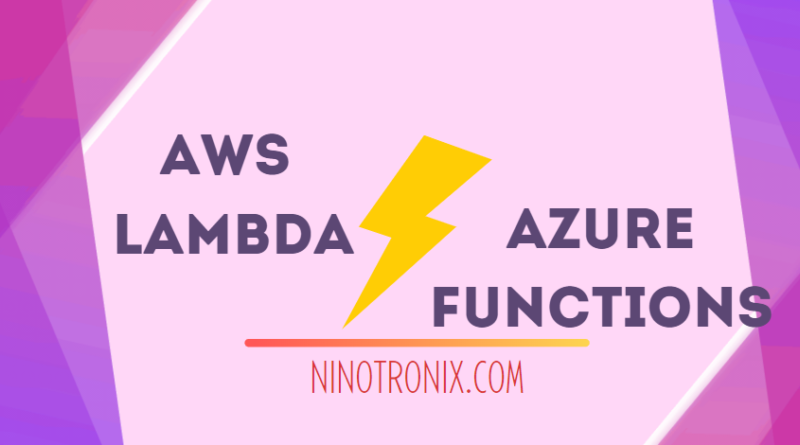AWS Lamdba v/s Azure Functions
AWS Lambda and Azure Functions are both serverless compute services that allow developers to build and deploy applications without having to manage the underlying infrastructure. While they have many similarities, there are some differences to consider when deciding which one to use.
- Programming languages: AWS Lambda supports several programming languages including Node.js, Python, Java, Go, Ruby, and .NET Core. Azure Functions also supports these languages but also offers additional language support for PowerShell, PHP, Bash, and TypeScript.
- Runtime: AWS Lambda uses its own runtime environment that includes the necessary libraries and dependencies for the chosen programming language. Azure Functions allow developers to bring their own custom runtime or use one of the prebuilt runtimes provided by Azure.
- Scaling: Both AWS Lambda and Azure Functions offer automatic scaling, meaning that the platform will handle scaling up or down based on the demand. However, AWS Lambda offers more granular control over scaling options, while Azure Functions has a limit on the maximum number of instances that can be created for a given function.
- Integration: AWS Lambda integrates well with other AWS services such as Amazon S3, Amazon DynamoDB, and Amazon API Gateway. Azure Functions integrates with Azure services like Azure Blob Storage, Azure Event Grid, and Azure Service Bus.
- Pricing: Both services offer a pay-as-you-go model, where you only pay for the resources used. However, the pricing models differ, and it’s important to review each provider’s pricing structure to determine which one is more cost-effective for your use case.
Ultimately, the decision between AWS Lambda and Azure Functions will depend on your specific requirements and the programming languages and tools that you’re most comfortable using.




